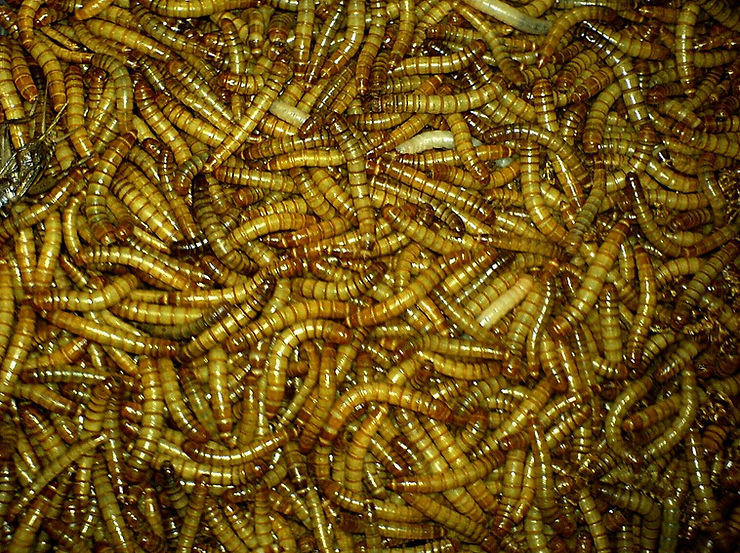By: Michael Chang
Earlier this month, a study published in the journal of Microbial Genomics performed by scientists from the University of Queensland in Brisbane, Australia, showed that about sixty-six percent of the larvae of Zophobas morio, a species of beetle, can survive solely on Styrofoam.
Currently, the world has a pressing plastic waste issue. According to The World Bank, “The world generates 2.01 billion tonnes of municipal solid waste annually.” In addition, half of all plastic designed for single use clogs up landfills and decomposes slowly while releasing harmful greenhouse gases.
Nell Lewis from CNN Business furthers, “Waste that goes uncollected can lead to blocked drains, flooding, and the spread of waterborne diseases. Organic matter dumped in landfills…generates methane gas, accelerating climate change.” Taking up almost thirty percent of the space within landfills, Styrofoam is a large portion of the organic waste that causes climate change and habitat loss.
Over 14 million tons of Styrofoam end up in the water every year. It is a relatively dense material that takes up a lot of space, making it expensive to store at waste management facilities. Styrofoam also fills landfills, where it can take up to five hundred years to decompose.
Currently, researchers are studying the enzymes that allow the superworm to digest Styrofoam. During this process, they are looking to find a way to transform the ‘superworm’ enzymes into a commercial product.
According to the study’s co-author, Christian Rinke, “You cannot really escape plastic anymore — plastic waste is everywhere. This is definitely a new, arguably, better, environmentally friendly way to break [Styrofoam] down.” Rinke also said he was excited by his research results but noted it will take time to develop into an industrial solution, estimating somewhere between five to ten years.
Due to the environmental risks of the accumulating plastic in landfills, there has been a growing group of researchers looking for solutions to recycle plastic. In 2016, Japanese scientists found a species of bacteria that could eat plastic bottles. In April 2022, researchers from the University of Texas found an enzyme that could digest a plastic resin found in clothes and food containers.
Just like these discoveries, the ‘superworm’ enzymes have the potential to make lasting impacts. If Rinke and his team’s ‘superworm’ enzyme research succeeds, waste managers could collect Styrofoam materials and put them into a liquid solution made with the superworm enzyme. Then, the solution would dispose of the Styrofoam or digest it in a way that allows new plastic products to be created, reducing the amount of plastic waste.
With the help of these enzymes, Rinke and his team might be able to slow down climate change, prevent habitat loss, and save the planet.
Sources:
https://www.cnn.com/2019/11/27/business/technology-and-trash-intl/index.html
https://datatopics.worldbank.org/what-a-waste/trends_in_solid_waste_management.html
https://www.unep.org/interactives/beat-plastic-pollution/
https://www.microbiologyresearch.org/content/journal/mgen/10.1099/mgen.0.000842











